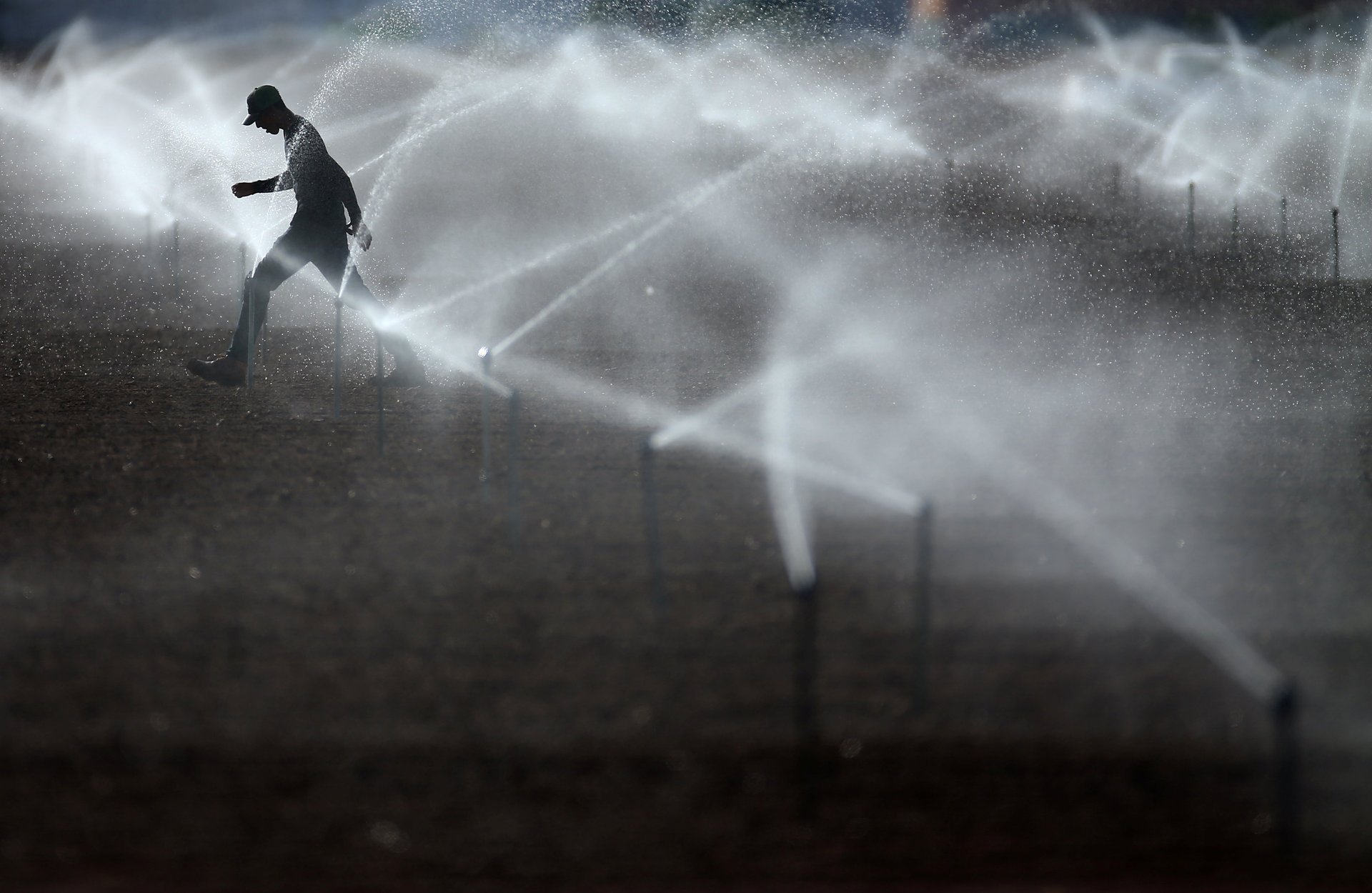We have enough water—we just waste too much of it
This story is part of What Happens Next, our complete guide to understanding the future. Read more predictions about the Future of Water.


This story is part of What Happens Next, our complete guide to understanding the future. Read more predictions about the Future of Water.
We live in a world of peak water, where more and more regions are running up against absolute limits to its availability. The entire flow of some of our rivers, such as the Colorado River, Yellow River, and the Nile, is now consumed by humans for part or all of a year to grow food, supply our industries, and provide water for our homes and businesses. As much as a third of all food production is grown with water from non-renewable and rapidly depleting groundwater. We want more water from these sources, but they are increasingly tapped out.
The good news is that there are many strategies for addressing these challenges, including greater investment in water infrastructure, new technologies for testing and treating water, improved institutions and management strategies, and better use of economic tools. All of these strategies have a role to play in moving us on a path toward a more sustainable future.
Every liter of water that we save is water that doesn’t need to be extracted from vulnerable rivers, aquifers, and ecosystems. Every liter of water we save is water that doesn’t need to be treated, delivered, and then treated again as wastewater. Every liter of water we save reduces the energy and greenhouse gases required to run our water systems. When you have a leaky bucket, the first strategy shouldn’t be finding more expensive and scarce water to pour into it—it should be to plug the holes.
The best strategy of all—economically, politically, and environmentally—is improving the efficiency with which we use our water. In our cities, as much as a third of all water is lost to leaks or inefficient uses. Agriculture, which uses 80% of all the water humans consume—could grow far more food with far less water with improved technologies and irrigation practices.
Think about water efficiency this way: We want to use “water” for our most basic needs—drinking, washing, and cooking. However, there is a water “footprint” embedded in everything we do: for irrigation, to grow cotton or produce steel, to make cell phones or cars, to water our gardens, and flush our toilets. But we can produce those same goods and services with less water by improving the efficiency of our water technologies and practices and by cutting waste.
This isn’t an impossible task: New home appliances like washing machines, dishwashers, toilets, and showerheads use far less water now than they did a few years ago. In the 1920s, it took 200 tons of water to produce a ton of steel. By the 1980s, steel manufacturing had cut that to only 20 tons of water per ton of steel—and today, the most efficient steel plants use only three to four tons of water per ton of steel. The average toilet in the United States used to require over 20 liters per flush. Today, the national standard is six liters, and newer models use even less (and work even better).
These savings are available across the board. We can grow more food with less water by moving from flood irrigation to precision sprinklers or drip irrigation. (In addition to saving water, farmers using drip irrigation also report vast improvements in yields and crop quality.) More companies are setting targets to cut their water footprints; Coca-Cola Company, for example, has set a goal of cutting the water used in their manufacturing operations by 25% in 2020 compared to 2010. It has also pledged to return an amount of water equal to what it uses in producing beverages to communities and nature.
In regions where water is scarce and pressures on natural water systems are growing—such as California, Singapore, and the Middle East—water efficiency offers an immediate, effective, inexpensive way to meet society’s needs without causing more environmental damage. An assessment by the Pacific Institute, which I co-founded, concluded California agriculture could cut water use by 15% using some of the above available methods, without reducing yield or revenue to farmers. Urban water use could be cut by 25% or more without affecting quality of life at all. These are huge savings in a region where every drop counts.
There is no excuse for wasting precious water when our needs and desires can be satisfied more efficiently and carefully.
This story is part of What Happens Next, our complete guide to understanding the future. Read more predictions about the Future of Water.